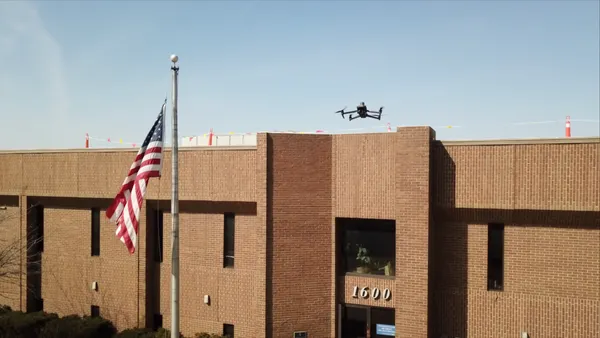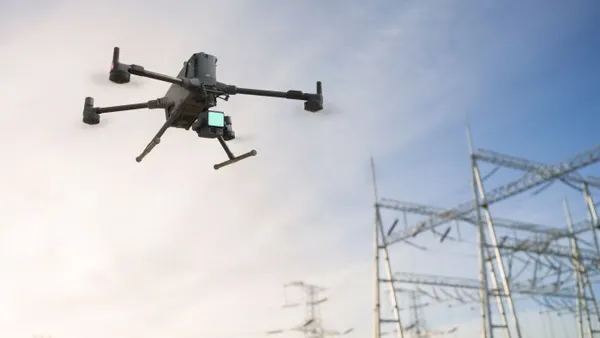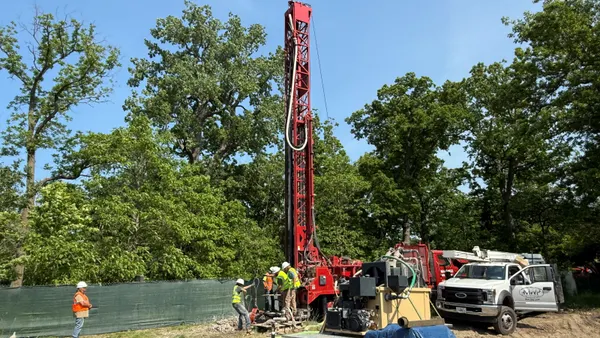Dive Brief:
- A recent International Data Corp. forecast projects that spending on augmented and virtual reality (AR and VR, respectively) will grow from $9.1 billion this year to $17.8 billion in 2018, reports The Journal. From 2017 to 2021, the market research company predicts an average 98.8% compound annual growth rate (CAGR).
- In the near-term, consumer spending — led by gaming — will account for the majority of that increase. By 2021, commercial will account for more than 85% of VR/AR spending.
- The U.S. will lead the world in spending in 2018, at $6.4 billion, followed by the Asia-Pacific region. Canada and eastern Europe will see average CAGR increases of 139.9% and 113.5%, respectively, through the forecast period.
Dive Insight:
As VR/AR continues its march into the construction sector, more companies are looking for ways to use it to streamline their operations. Last month, AECOM signed a memorandum of understanding with HTC to develop VR technology for the AEC industry. The VIVE FOCUS standalone VR headset will be the first product developed under the MOU, with more to follow focusing on helping the AEC space in planning, building and maintaining structures.
Another popular headset is Microsoft’s mixed-reality HoloLens. The existing device recently gained certification as protective eyewear, a welcome characteristic for "firstline" workers in factories and fields. It also encourages 3-D collaboration and virtual integration for workers scattered across the country. Microsoft has plans to launch a HoloLens hardhat accessory next year.
Augmented reality, which layers digital data and information over a real-time visual interface, also has seen successful implementation in construction, especially in task-specific cases like equipment repair and MEP visualization. It's even infiltrating the drone space, with Epson recently introducing the Drone Experience software that's integrated with DJI drone hardware, which provides an AR-enabled heads-up display for drone pilots wearing Epson's Moverio BT-300 AR Smart Glasses.
Garrett Harley, vice president for strategic accounts at Aconex, sees different uses for VR and AR. "I think AR is ultimately how we'll be interacting with a lot of jobsite information," he told Construction Dive in November. "Virtual reality is more interesting for how you'll be positioning people for walk-throughs and seeing general structures. AR will be for people that really build things and are out there in the field. I think that will be the user interface for a lot of things because vision trumps all your senses combined."













